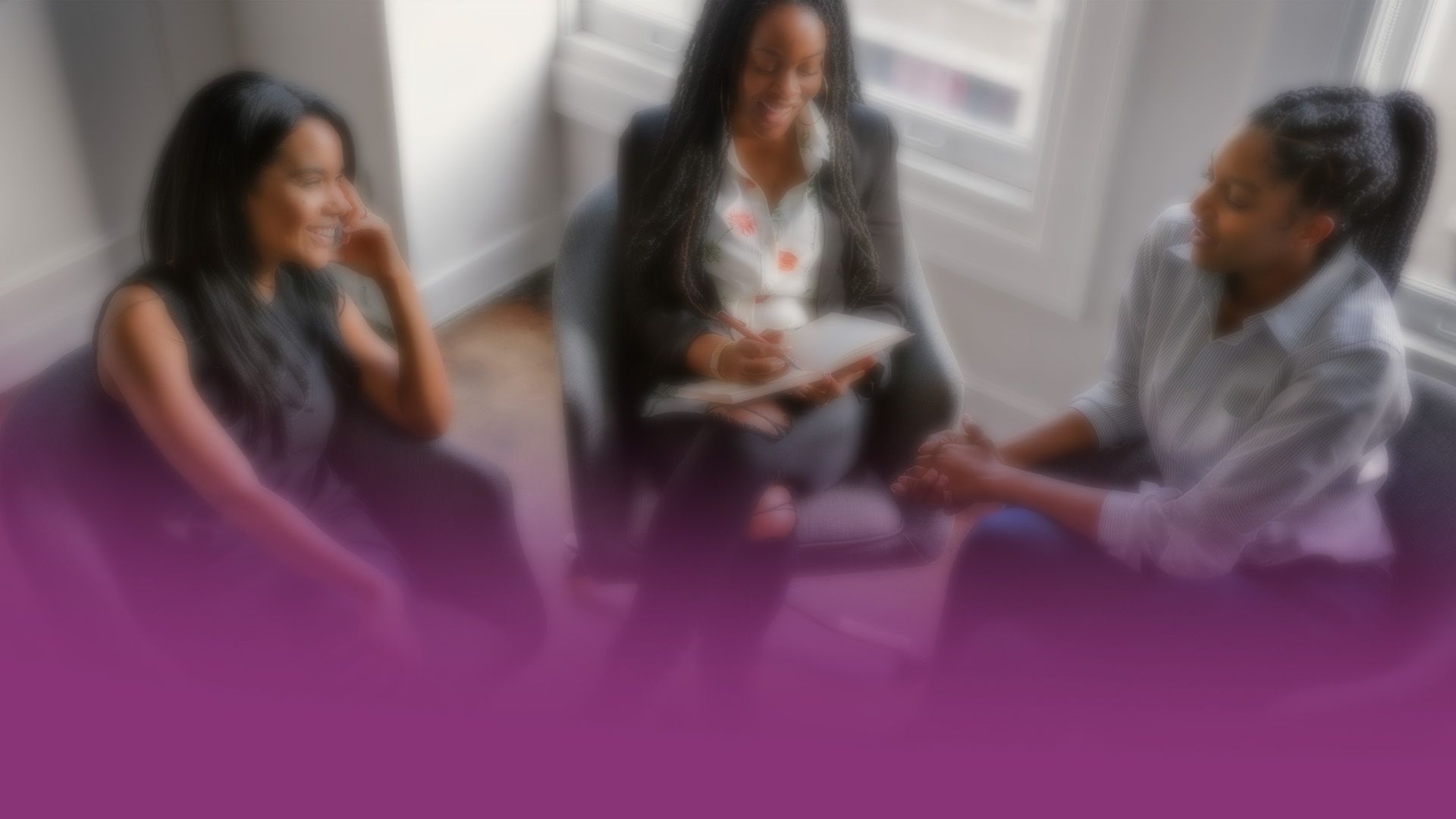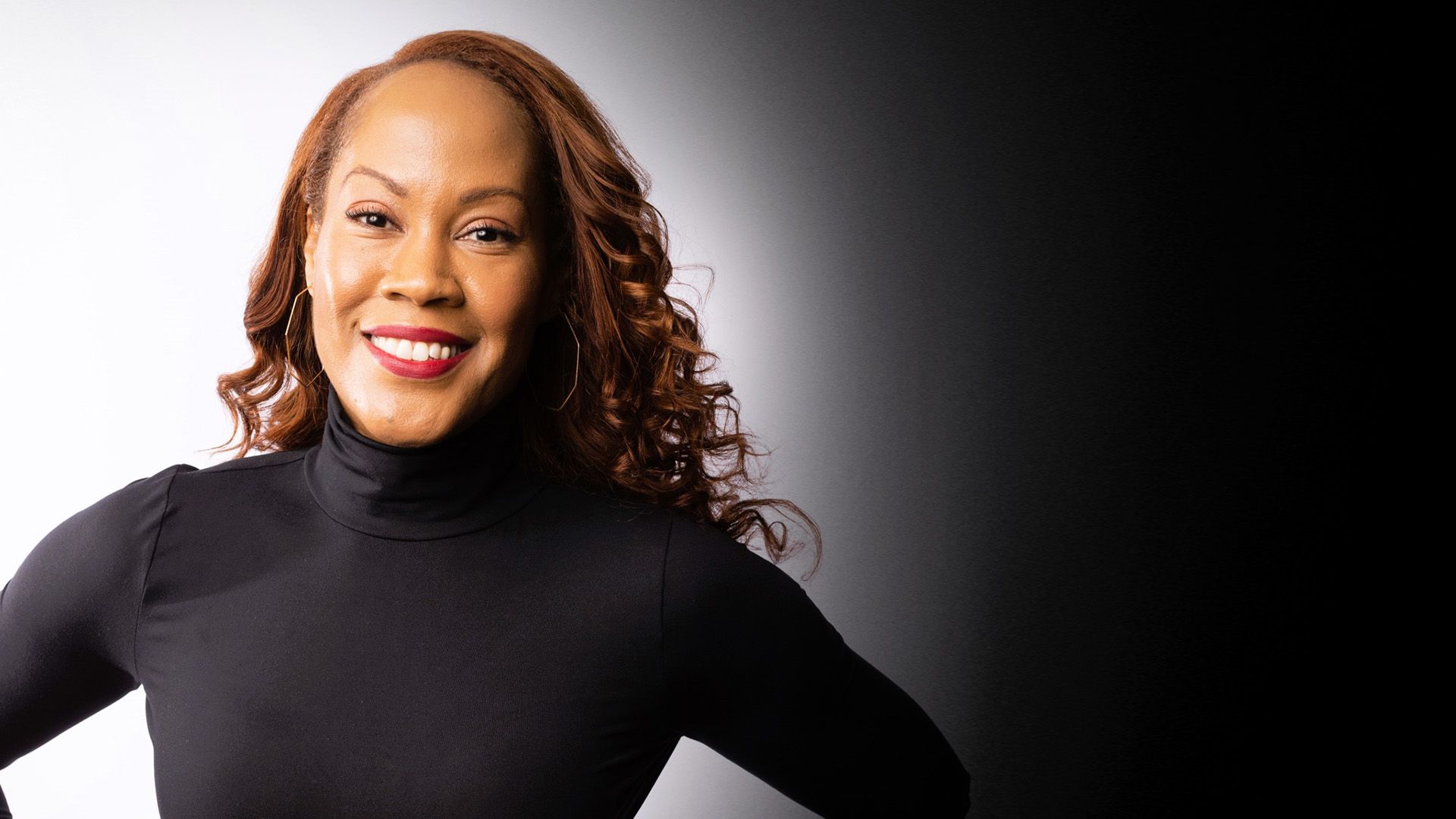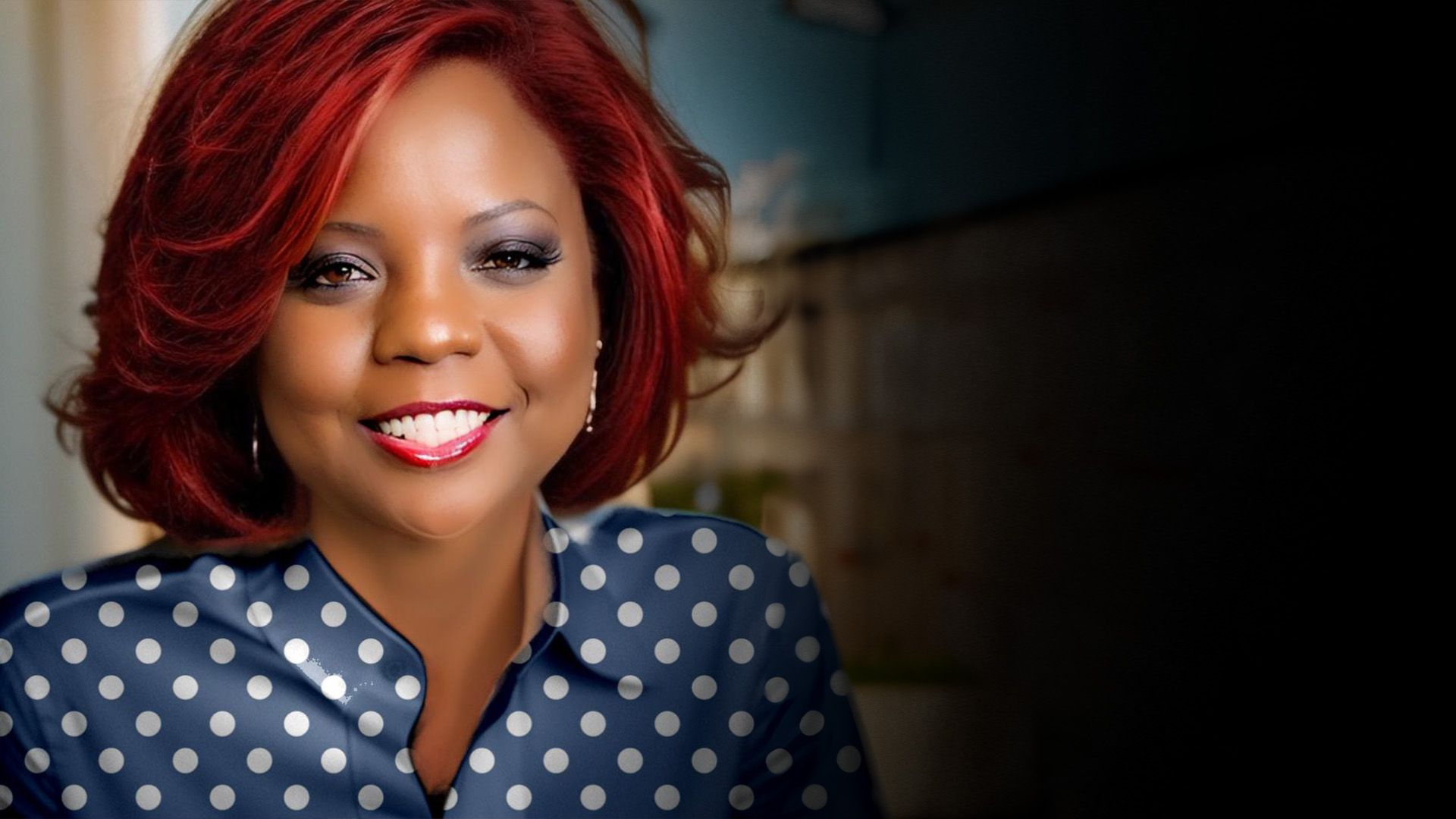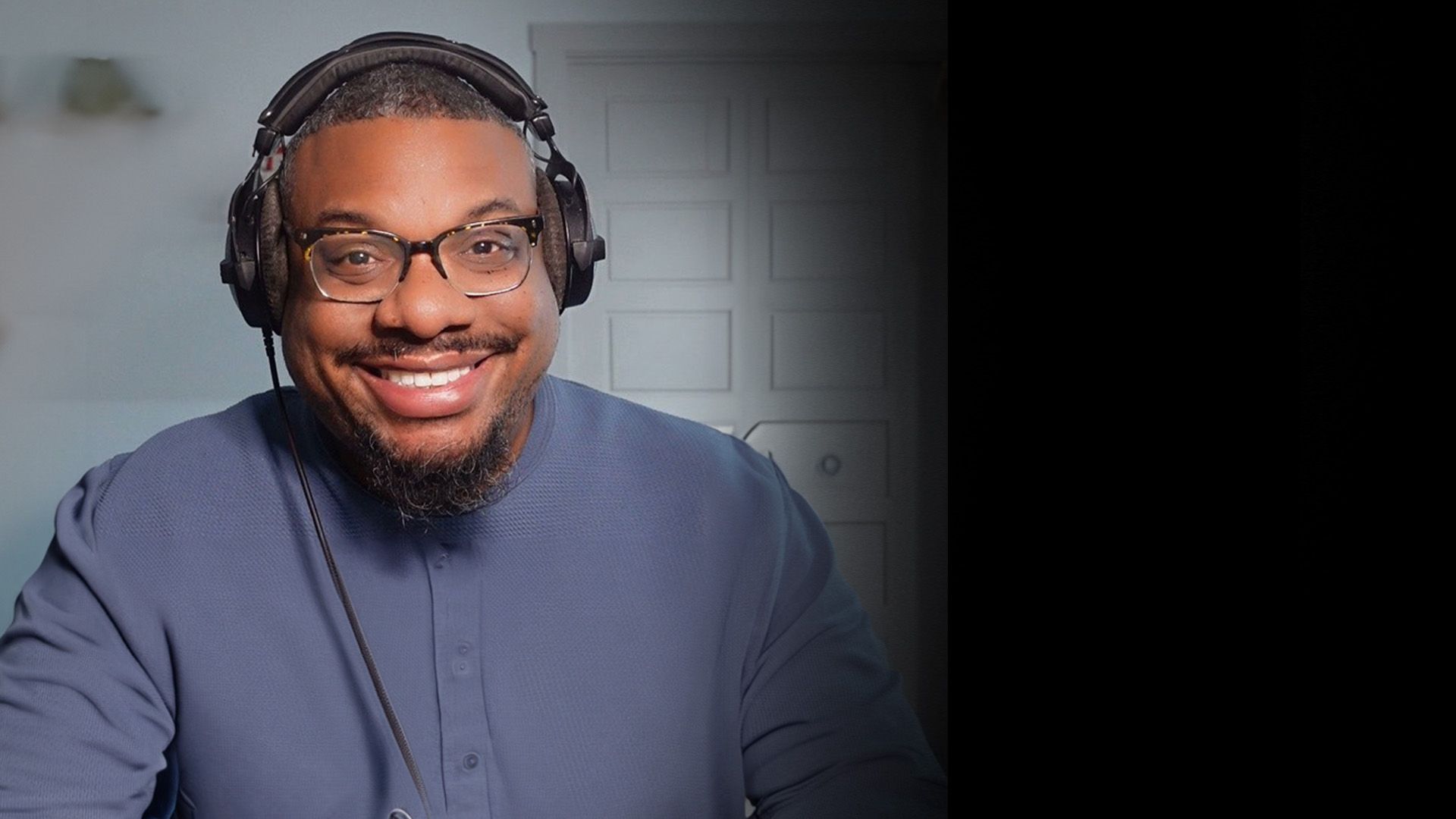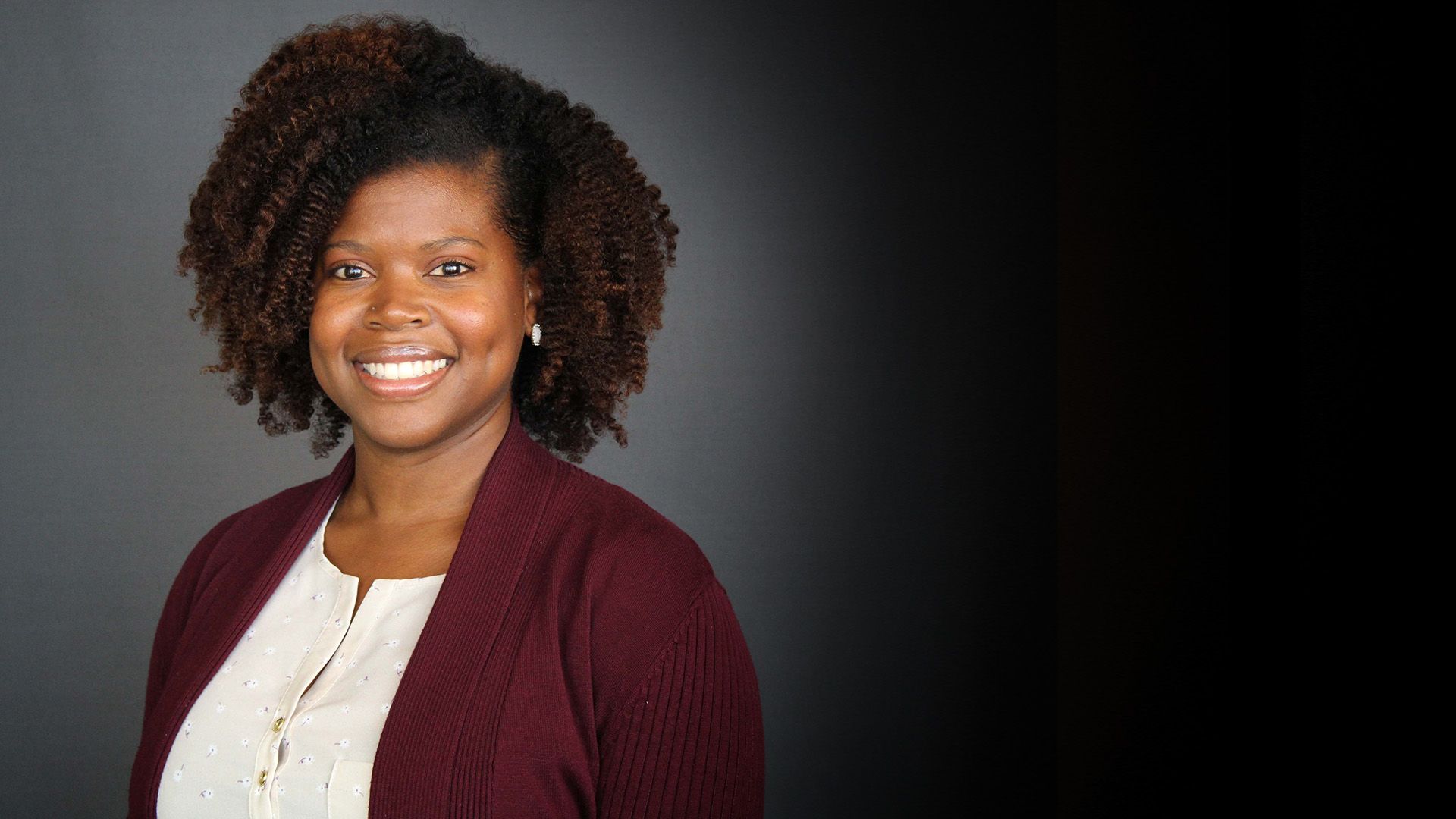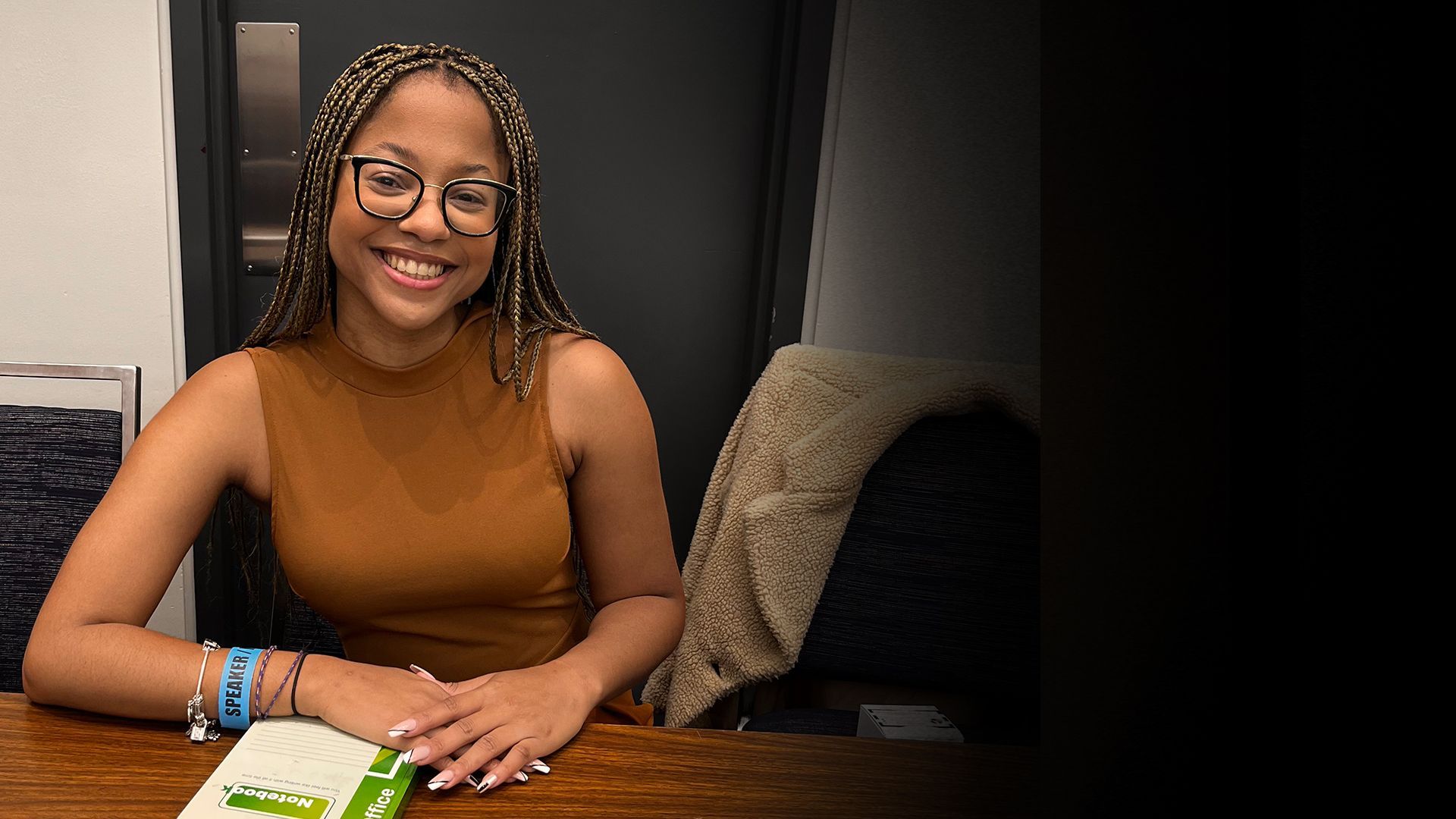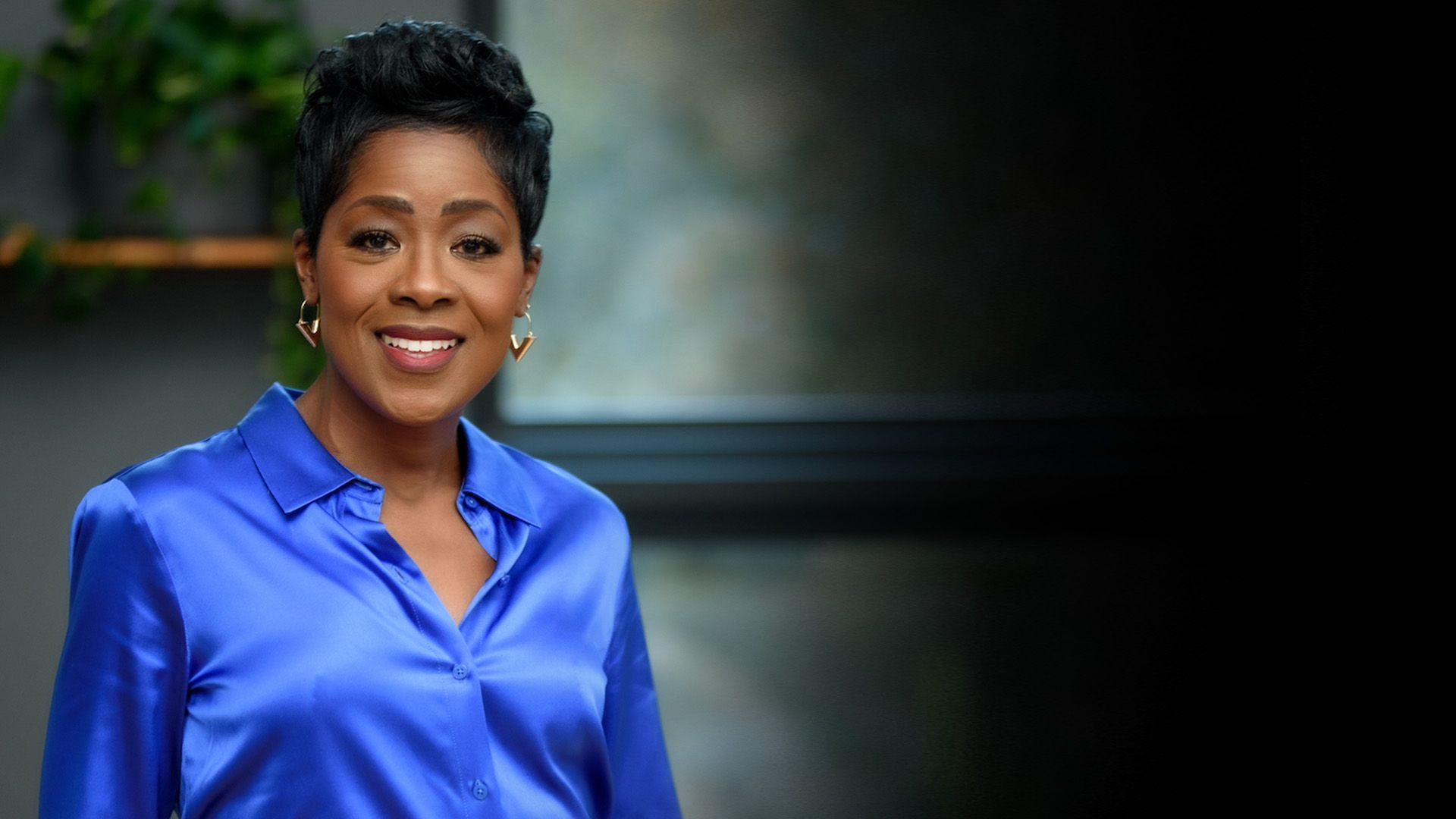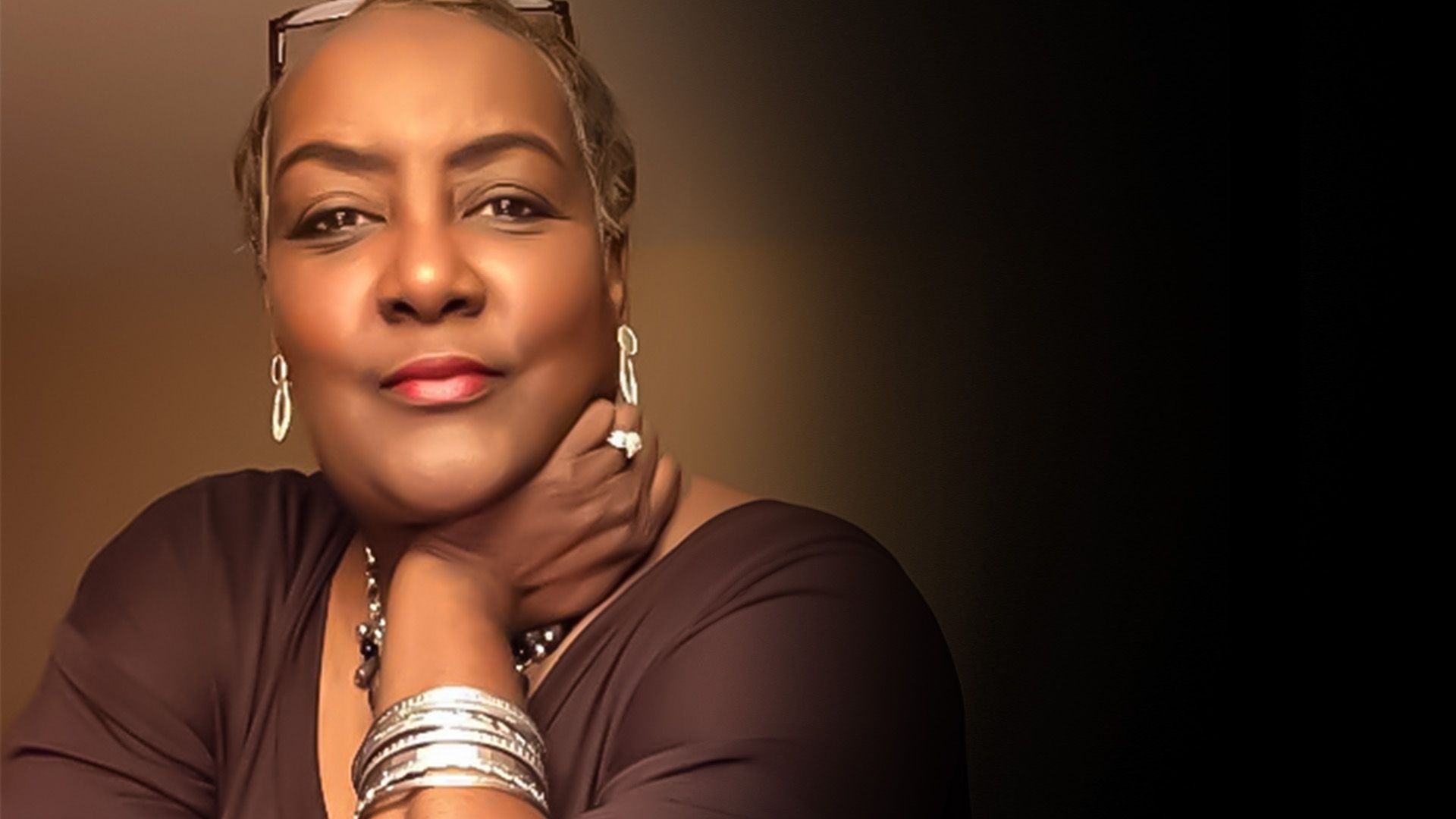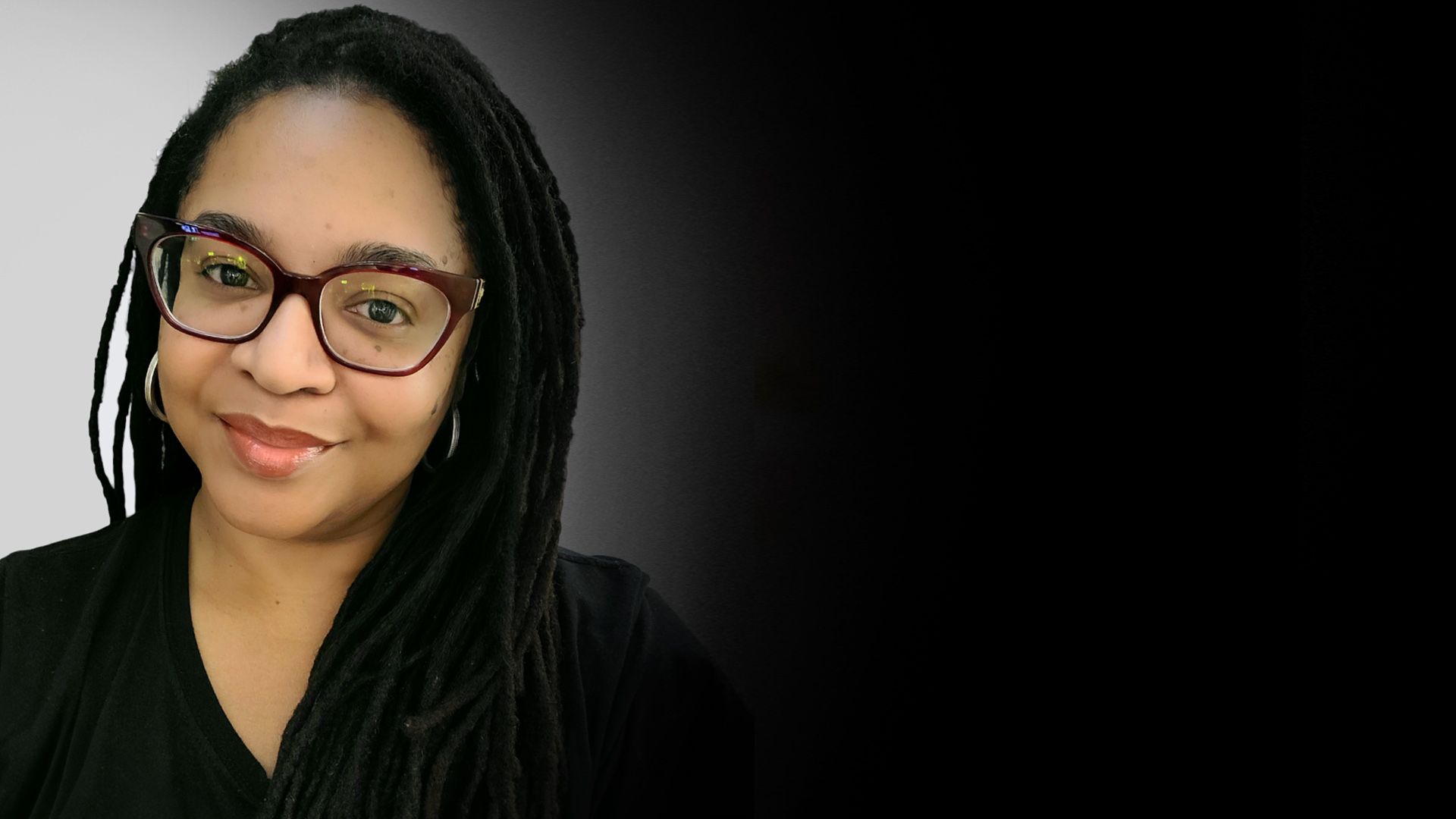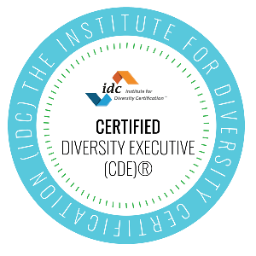Why You Should Change Your Mind About Inclusion
There’s a hidden obstacle tripping up many of us working in the diversity and inclusion space.
When I speak with people in industries across the country who are looking to make real progress toward diversity and inclusion, there’s often something standing in the way that they can’t identify.
Why won’t people engage? Why don’t our programs work? Why isn’t this work more effective?
If you’re asking yourself any of these questions, you need to consider adding one more:
Could my own thinking be the problem?
Intentional Inclusionists
 Are Needed Right Now
Are Needed Right Now
An important reason why I coined the term “intentional inclusionist” is because intentionality is key to diversity and inclusion. There’s a lot of energy around D&I right now, but that momentum will be wasted if we don’t work to address issues in a deep and thoughtful manner.
But that’s the key: thought. Intentionality begins with awareness, but mindfulness is how we become aware. Mindfulness, then, creates the space in which intentionality can truly blossom.
We have to be mindful of the ways in which our brains work for or against us in our diversity and inclusion efforts. If we can manage ourselves, then we can manage others. Even if we are steeped in D&I best practices and case studies, all of that information could potentially pass through a faulty filter. We all record misinformation about people who are different than we are. Human beings regularly adopt ideas without even being aware of it. We all have habitual actions or responses that we don’t think twice about.
Becoming an Intentional Inclusionist™ means recognizing that bias and prejudice do not require bad intentions. At the same time, a lack of intentionality can lead to homogeneity and exclusion. It’s easy to approach a situation with an unconscious bias when we are simply unaware.
Mindfulness, on the other hand, helps interrupt those automatic responses. It causes us to take inventory of our attitudes and behaviors – and those of the people we aim to influence – allowing us to better recognize, understand, and address barriers to inclusion. This requires emotional intelligence, situational awareness, and intentionality.
Mindfulness Makes a Difference
Change is not always easy, but there are several benefits to adopting this mindful approach to diversity and inclusion that make it worthwhile. The very act of examining our own minds opens the door to change in our activities, their impact, and even the way we experience our work.
- Mindfulness helps ensure that our efforts have a more lasting impact.
- It makes it easier to be diligent and avoid getting side-tracked by challenges to our own mindsets or those of others.
- It allows us to better assess situations and structures to find the right remedies.
- It helps us move from passive to active approaches, which have more impact.
- It helps us gain traction more quickly, making the work and the journey more fulfilling and exciting.
Help Is on the Way
I’ve been working on a resource to help experienced D&I practitioners maximize their impact through a mindful approach. A practical white paper, this resource will also be a great starting point for leaders who wish to become more inclusionary in practice and in mindset.
If you want to approach your work with a new perspective, need to learn how to do personal work to strengthen diversity practices, and/or desire to better understand diversity challenges on multiple levels, then this resource is a perfect addition to your toolbox, and will hopefully enhance what you’re already doing.
We’ve all heard the phrase, “Be the change you want to see in the world.” Now it’s time to get down to the fundamentals and take active steps that will help ensure the change we’re looking for is really what’s best for everyone, and that we have a clear mindset to get us there.
